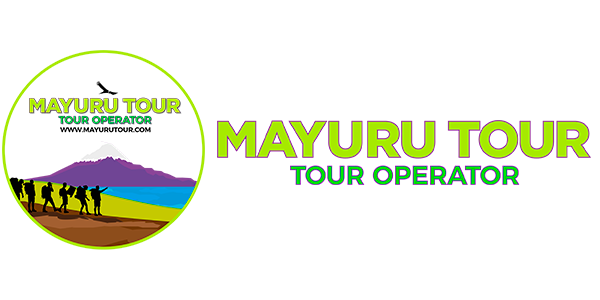Discover the Old Archaeological Secrets in the North of Chile
The Atacama Desert in the North of Chile has been a valuable destination for journeys for a long time.
The environment of this region has been compared with the surface of the Mars and some of the bizarre rock formations and imposing landscapes of the area give the impression to be living in a different world.
It seems incredible that there are enough resources in this inhabitable part of the earth to nurture one of the most fascinating ancient cultures that was ever discovered. The village Chinchorro in the north of Chile and in Peru was a village of fishermen who have settled in the very west of the Atacama Desert since about 10.000 years.
The Chinchorro were half-nomades and studying their remains has demonstrated that their diet almost completely consisted of seafood, the only way to solve the problem of the lack of alimentation in the Atacama.

The most ancient mummies in the world
The most fascinating part of the Chinchorro culture, however, is their relation with the dead – disproving the idea that the Egypt were the ones to first practice the mummification. The sophistication and various methods of the Chinchorro to preserve the dead were developed 5.000 b.C., which is 2.000 years before the Egypt.

Since the day that Max Uhle, father of the south American archaeologist, discovered the first Chinchorro mummy in 1918, the scientists have not been able to understand why the Chinchorro mummified the dead. This habit normally is practiced in great sedentary communities like the Egypt, not in small communities of nomads and fishermen.
Furthermore, it doesn’t seem that the Chinchorro realized a selection of who was mummified. The similar cultures normally reserved this form of complex conservation for the most important people in their society, while the Chinchorro mummified all the people: men, women, children, elders and even unborn fetuses. The mummification of the Chinchorro was a complex process that included filling the bodies with animal- and plant-material and embalming them with clay.
“The sophistication and various methods of the Chinchorro to preserve the dead were developed 5.000 b.C., which is 2.000 years before the Egypt”
Understanding the village Chinchorro
Recent studies realized by investigators of the Catholic University of Chile in Santiago are known for having developed the most famous hypothesis about the Chinchorro rituals.
The Dr. Pablo Marquet, director of the studies, explained that before the year 5.000 b.C. the region was incredibly dry and only a small community was able to survive there. Investigating the ice cores in the cordillera of the Andes, his team identified a climatic change that indicates a period of mild climate, and that is when the Chinchorro prospered. However, the climate still was extremely dry, which is why the bodies did not decompose in the coastal desert and thousands of bodies were naturally mummified by burying them in the region.
“With an increase of population and the extreme dryness (that caused very few or no decomposing of the bodies) the simple demographic model shows that the dead individuals could have been converting themselves into an important part of the landscape”, explains Marquet in his studies. “That’s how the conditions for the manipulation of the dead were created.”
Living in a place full of dead and mummified bodies of their ancestors was normal for the Chinchorros, and the complex rituals that were developed were only a complement for the process that took place naturally in the extreme ambience of the desert.
Archaeological Museum San Miguel of Azapa in Arica
You could find numerous mummies by only looking for them in the sand that surrounds Arica, but fortunately it is not necessary to do so. The Archaeological Museum of San Miguel of Azapa counts of abundant prehistoric treasures, including four Chinchorro mummies – the most ancient in the world – in permanent explosion, and also it contains a collection of artifacts and Chinchorro tools.
And don’t forget that only 2 miles from the museum you can find the fertile oasis of the Azapa Valley – a journey to Arica wouldn’t be complete without visiting it.
